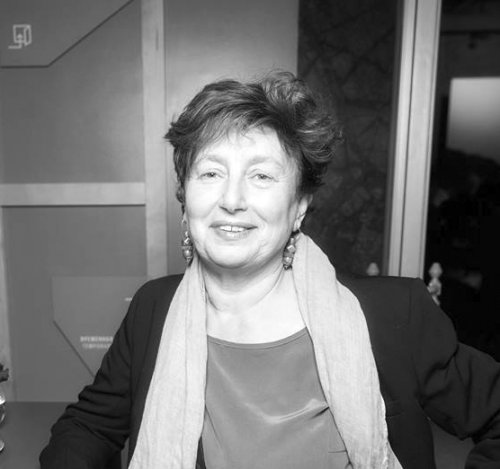
Natalia Semënova
Art historian, author and journalist specializing in the saga of the great Russian collectors of ancient and modern art. She also founded one of the country’s first independent publishing houses for art during the period of Perestroika. The books she has co-authored include Matisse et la Russie (1993) and Selling Russia’s Treasures. The Soviet Trade in Nationalized Art, 1917-1938 (2014) as well as Sergej Ščukin. Un collezionista visionario nella Russia degli zar, written with André Delocque and published by Johan & Levi in 2020.
Author's books
Morozov e i suoi fratelli
Storia di una dinastia russa e di una collezione ritrovata
Natalia Semënova
pages: 240 pages + 16 (inserto)
The heirs to a textile dynasty whose social rise is the stuff of legend, the Morozov brothers certainly did not go unnoticed. Cultured, sophisticated and unconventional at the same time, they enchanted the Muscovite intelligentsia with their eccentricities. Fashionably dressed and surrounded by femmes fatales, gambling and living in mansions whose
Sergej Ščukin
Un collezionista visionario nella Russia degli zar
André Delocque, Natalia Semënova
pages: 335 pages + 8 (inserto)
On coming face to face with Matisse’s scandalous Le Bonheur de vivre in 1906, Sergei Shchukin found himself shivering uncontrollably. The scion of an illustrious Muscovite family, Shchukin was a consummate collector of great experience at the age of just over fifty. After reviving the fortunes of his father’s textile business, he had spent a de

